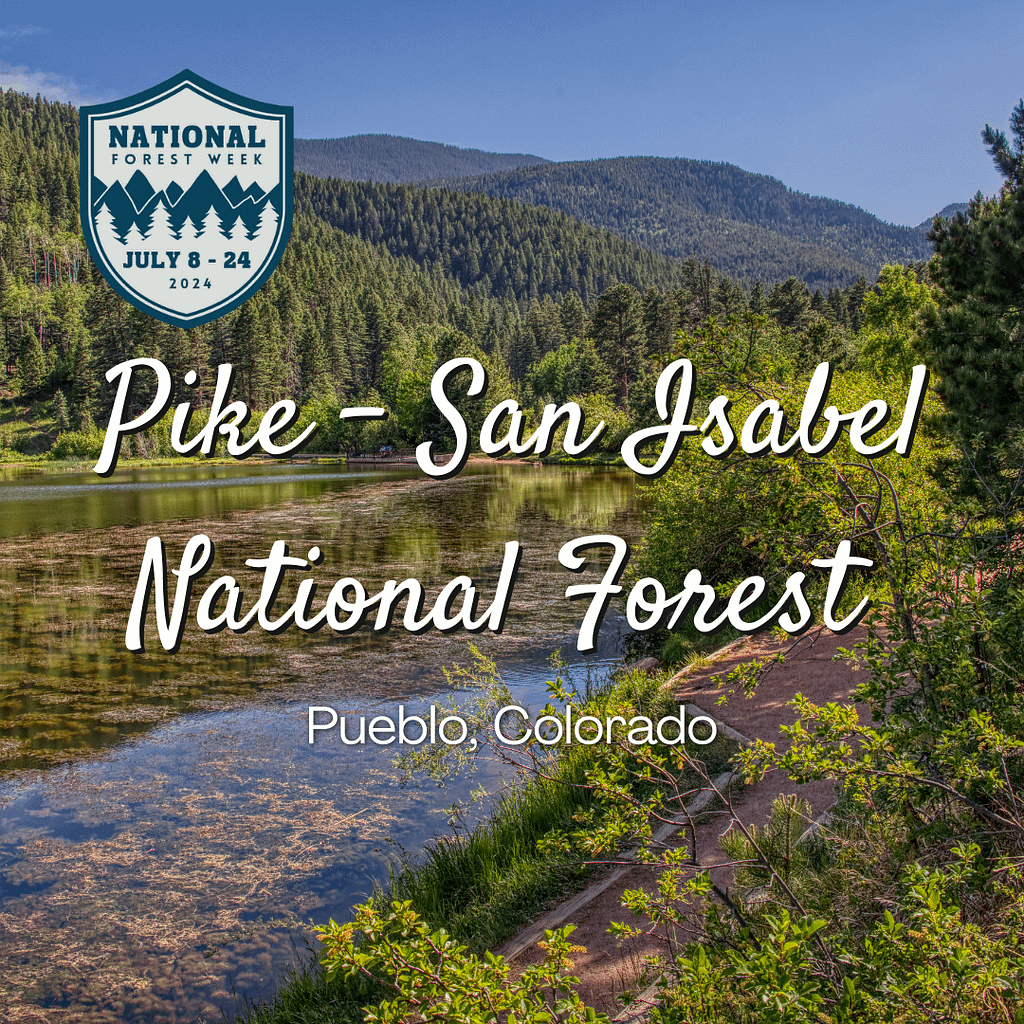
The Pike – San Isabel National Forest captivates visitors with its breathtaking natural beauty. Located in Colorado, this expansive forest boasts majestic mountain ranges that rise dramatically against the azure sky. Furthermore, its lush valleys and serene lakes create a picturesque landscape that enchants all who wander through. In addition, the forest’s vibrant tapestry of flora and fauna thrives in every season, offering a stunning display of color and life. Hiking trails wind through these idyllic settings, inviting adventurers to explore and experience the tranquility of nature. Consequently, the forest’s pristine beauty serves as a sanctuary, providing a peaceful escape from the hustle and bustle of everyday life.
Origin and History of the Pike – San Isabel National Forest
The Pike-San Isabel National Forest traces its origins back to 1902 when President Theodore Roosevelt established the Pike National Forest. This decision aimed to conserve and protect the valuable natural resources found within the region. Over the years, the forest expanded as additional lands were incorporated, eventually forming what we now know as the Pike-San Isabel National Forest. During the early 20th century, the forest played a crucial role in promoting sustainable forestry practices while supporting the burgeoning local economy through timber production and recreation opportunities.
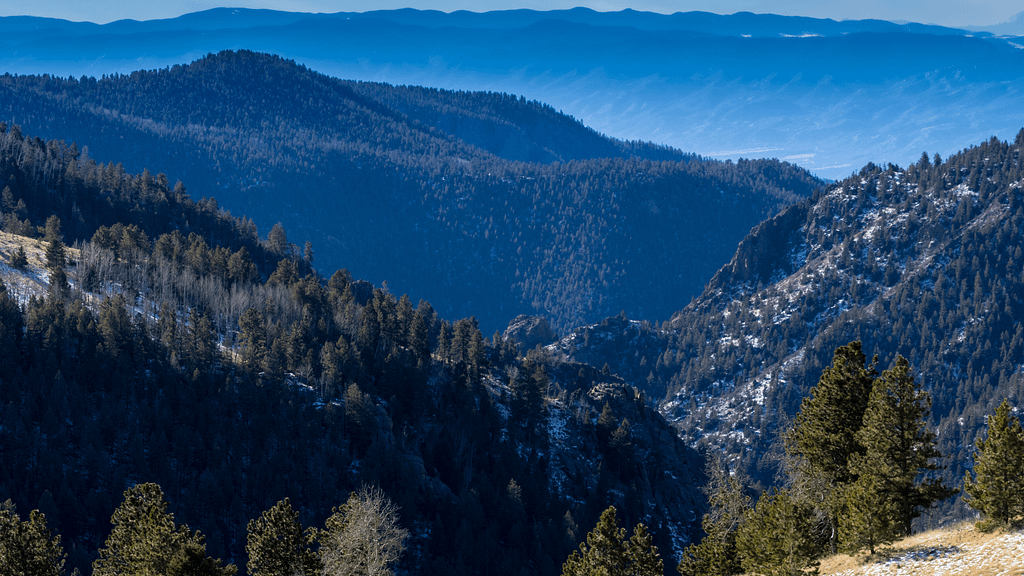

As time progressed, the forest underwent several administrative changes, each contributing to its current identity. In 1929, the San Isabel National Forest was officially designated, merging with the existing Pike National Forest. This strategic consolidation allowed for more efficient management of the vast and diverse landscapes, ensuring a balance between conservation and human activity. Throughout the mid-20th century, the forest continued to welcome more visitors, thanks to improved accessibility and the growing popularity of outdoor recreation. Consequently, the forest became an essential destination for those seeking adventure and solace in nature.
In recent decades, the Pike-San Isabel National Forest has focused on preserving its ecological integrity while enhancing visitor experiences. Modern conservation efforts have prioritized maintaining the forest’s biodiversity, protecting critical habitats, and mitigating the impacts of climate change. Additionally, partnerships with local communities and organizations have fostered environmental education and stewardship, highlighting the forest’s significance in both natural and cultural contexts. Today, the forest stands as a testament to the enduring legacy of conservation efforts, offering a sanctuary where people can connect with nature and appreciate its timeless beauty.
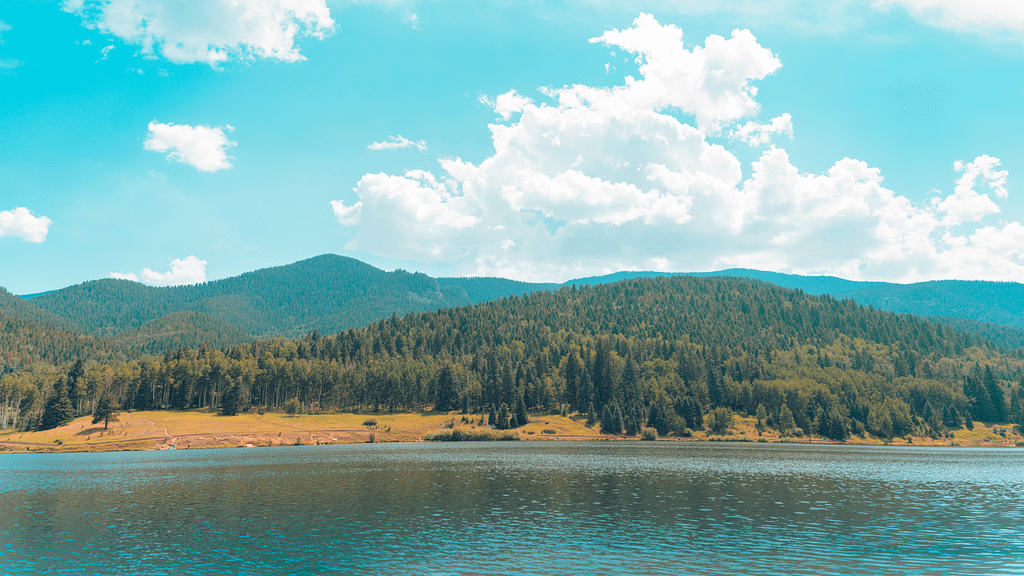
Trees of the Pike – San Isabel National Forest
The Pike-San Isabel National Forest features a diverse array of trees that flourish in its rich, varied landscapes. Towering ponderosa pines dominate the forest, their tall, straight trunks reaching upwards to capture sunlight filtering through the canopy. Moving to higher elevations, visitors encounter Engelmann spruce and subalpine fir, whose dense branches provide ideal habitats for numerous wildlife species. These trees thrive in the cool mountain air, creating a lush and vibrant environment that supports a complex ecosystem. Meanwhile, aspen groves punctuate the forest with their striking white bark and delicate leaves that quiver in the breeze, especially during autumn when they blaze with golden hues.
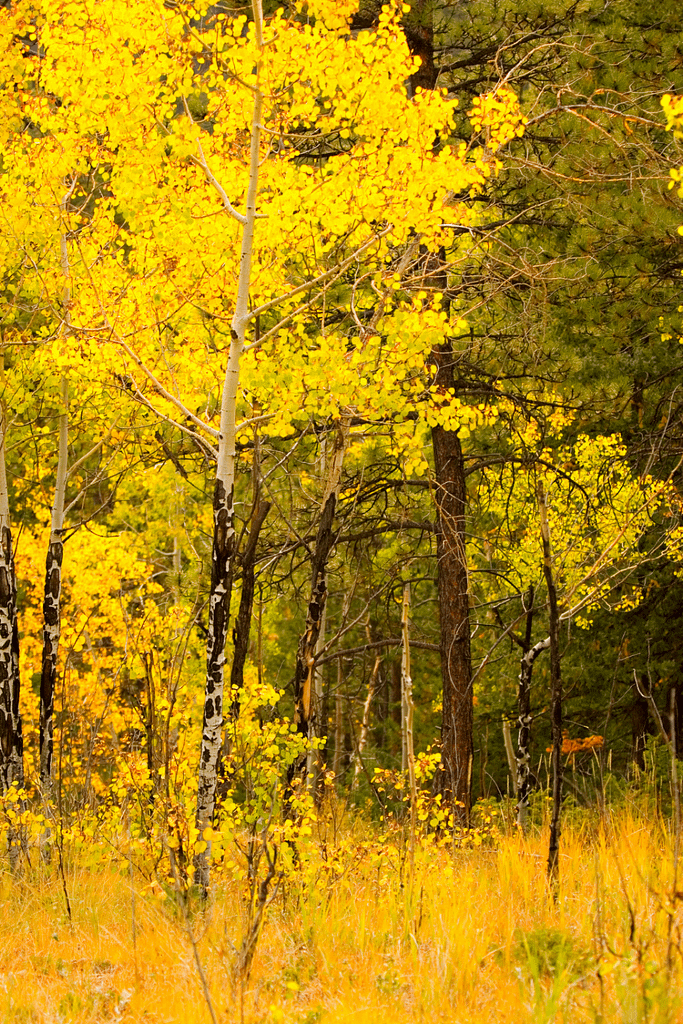
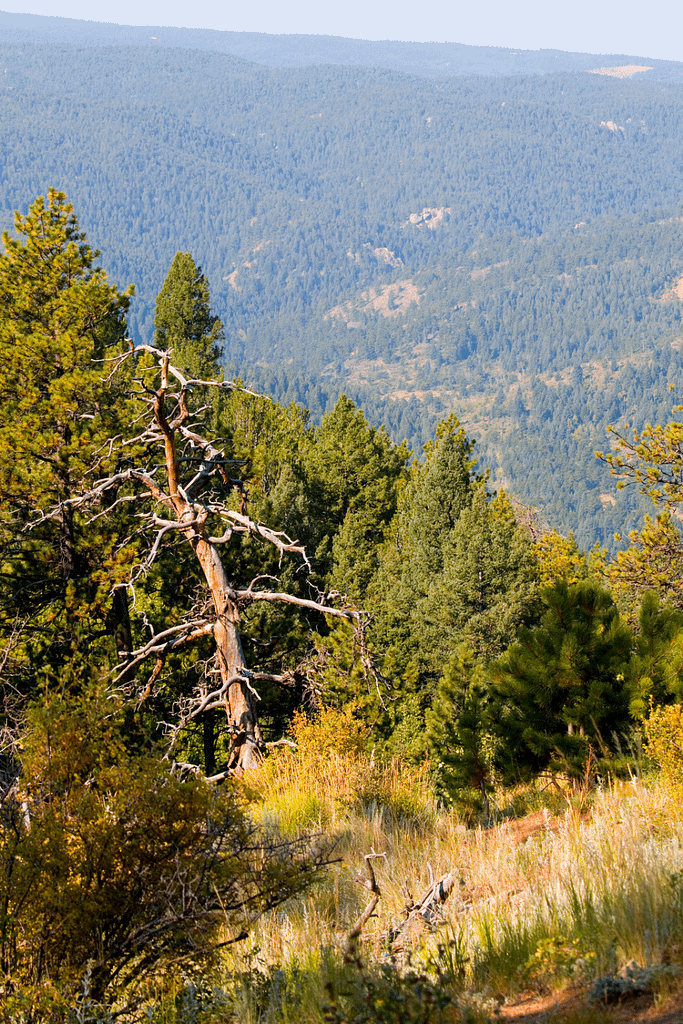
In addition to these iconic species, the forest also supports an array of hardwoods, including Gambel oak and Rocky Mountain maple, which add to the forest’s ecological diversity. These trees, with their varied leaf shapes and colors, enrich the forest floor with a vibrant tapestry of foliage. Shifting from one landscape to another, visitors might also spot Douglas-fir and lodgepole pine, which thrive in different elevations and soil types throughout the forest. Together, these trees form a dynamic and interconnected community that sustains the forest’s biodiversity and contributes to its breathtaking beauty. Whether hiking through dense woods or wandering along open meadows, visitors are continually surrounded by the majestic presence of these remarkable trees.
Wildlife Habitats
The Pike-San Isabel National Forest harbors a rich tapestry of wildlife habitats, each uniquely supporting diverse animal species. Within its expansive boundaries, dense coniferous forests provide shelter for elusive mammals such as black bears, bobcats, and mule deer. These majestic creatures navigate the forest’s intricate network of trails and underbrush, foraging for food and seeking refuge from predators. Meanwhile, the forest’s riparian zones, characterized by flowing streams and lush vegetation, create vital habitats for beavers, river otters, and a variety of amphibians. These aquatic environments play a crucial role in maintaining the region’s ecological balance, as they support intricate food webs and contribute to the forest’s overall biodiversity.
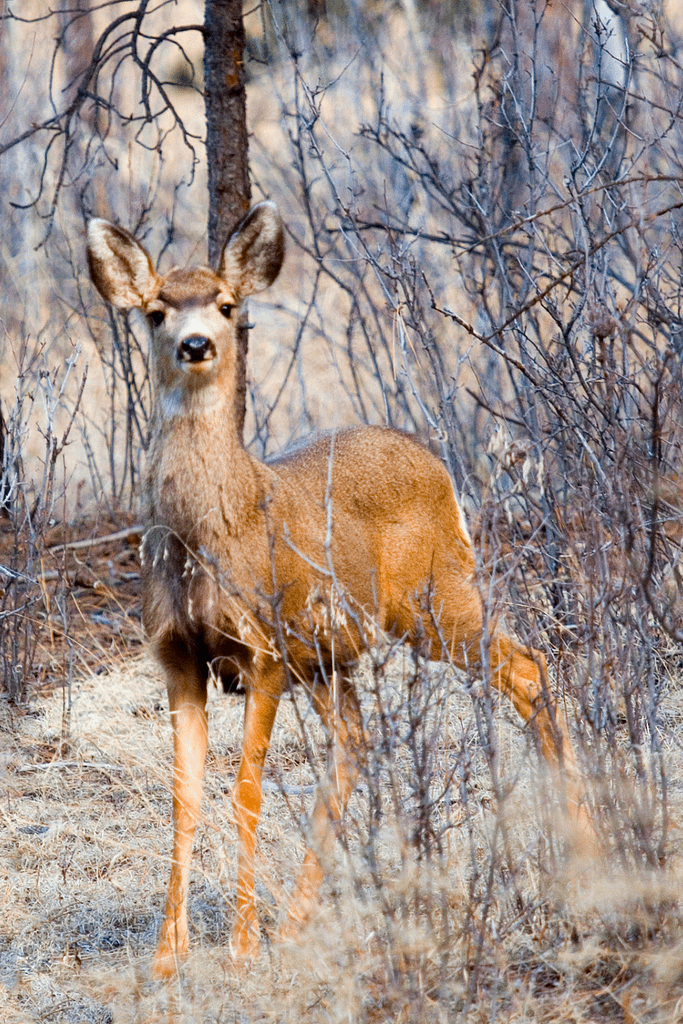
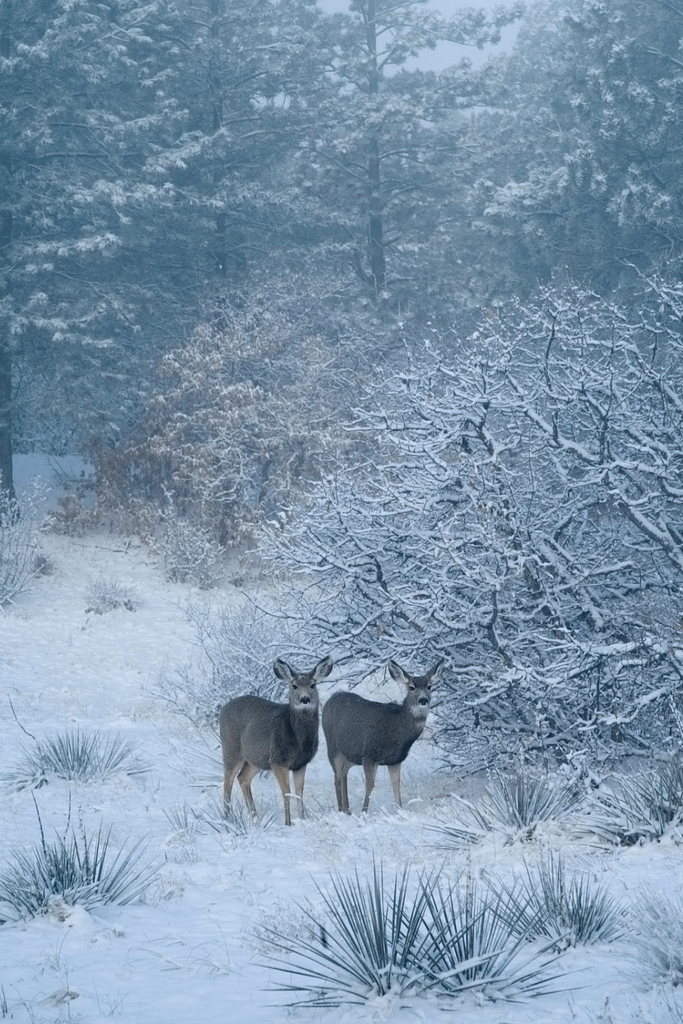
In contrast, the forest’s open meadows and alpine tundra offer a haven for unique bird species, including the majestic golden eagle and the vibrant western tanager. These avian inhabitants rely on the diverse plant life for nesting materials and sustenance, while the expansive skies allow them to soar freely in search of prey. The forest’s higher elevations, with their rocky outcrops and sparse vegetation, attract mountain goats and bighorn sheep, who skillfully traverse the rugged terrain. These habitats, although seemingly inhospitable, provide essential breeding grounds and grazing opportunities for these resilient animals. As visitors explore the Pike-San Isabel National Forest, they are likely to encounter a dynamic array of wildlife, each species contributing to the intricate and interconnected ecosystem that defines this remarkable natural sanctuary.
Wilderness Areas
The Pike-San Isabel National Forest is home to several designated wilderness areas, each offering unique landscapes and opportunities for solitude and exploration. These protected areas are crucial for preserving the natural beauty and ecological integrity of the region. Here is a list wilderness areas within the forest:
- Buffalo Peaks Wilderness
- Collegiate Peaks Wilderness – Located partly in Gunnison National Forest and White River National Forest
- Fossil Ridge Wilderness
- Greenhorn Mountain Wilderness
- Holy Cross Wilderness – Primarily located in the neighboring White River National Forest, a portion of the Holy Cross Wilderness extends into the Pike-San Isabel National Forest.
- Lost Creek Wilderness
- Mount Evans Wilderness
- Mount Massive Wilderness
- Sangre de Cristo Wilderness – Partly in Rio Grande National Forest and partly in Great Sand Dunes National Park.
- Spanish Peaks Wilderness
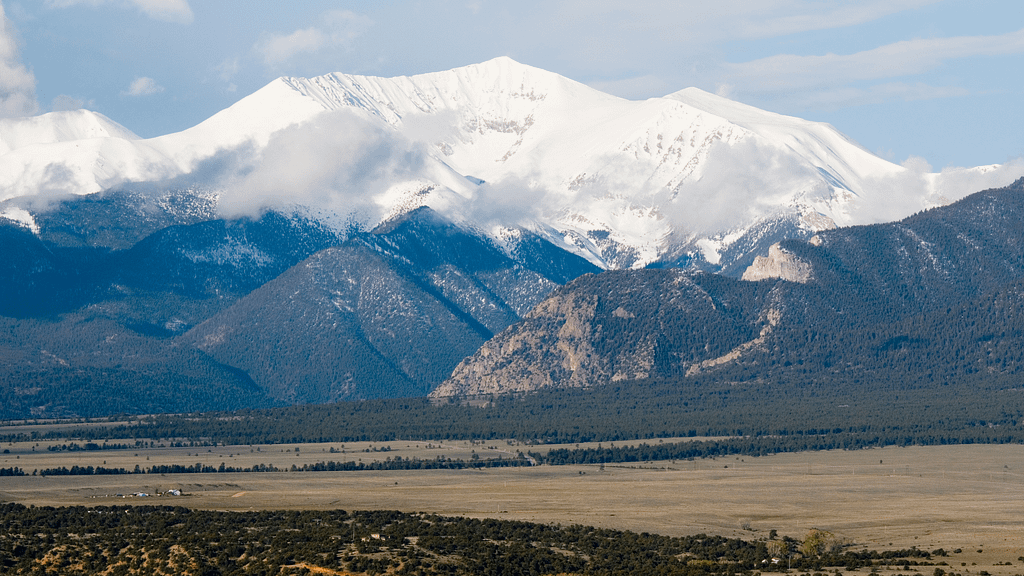
These wilderness areas are integral parts of the Pike – San Isabel National Forest, offering visitors the chance to experience the untouched beauty and tranquility of nature. They play a vital role in conserving the forest’s diverse ecosystems and providing habitats for a wide range of wildlife species.
Outdoor Activities
The Pike-San Isabel National Forest offers a myriad of outdoor recreational activities that entice nature enthusiasts from all walks of life. Hiking enthusiasts can traverse numerous trails that wind through the forest’s breathtaking landscapes, from easy strolls to challenging climbs up towering peaks. Adventurers often find themselves captivated by the diverse scenery, ranging from lush valleys to rugged mountain terrains. Furthermore, mountain biking and horseback riding provide additional avenues for exploration, with trails catering to varying skill levels and interests.
Fishing and camping enthusiasts will discover ample opportunities to immerse themselves in the forest’s serene environments. The forest’s pristine lakes and streams, teeming with fish, invite anglers to cast a line and enjoy a peaceful day on the water. Meanwhile, campgrounds scattered throughout the forest offer picturesque settings for both tent and RV camping, allowing visitors to fully embrace the tranquility of the natural surroundings. For those seeking a more rustic experience, dispersed camping options enable adventurers to connect with nature in a more secluded setting.
Winter transforms the forest into a playground for snow sports enthusiasts, offering activities such as cross-country skiing, snowshoeing, and snowmobiling. These winter pursuits allow visitors to experience the forest’s beauty under a blanket of snow, creating a magical and exhilarating atmosphere. Wildlife watchers also relish the opportunity to observe the forest’s diverse fauna, from majestic elk to elusive bobcats, in their natural habitats. Ultimately, the Pike-San Isabel National Forest serves as a year-round sanctuary for outdoor recreation and adventure, providing countless ways for individuals to engage with nature and rejuvenate their spirits.
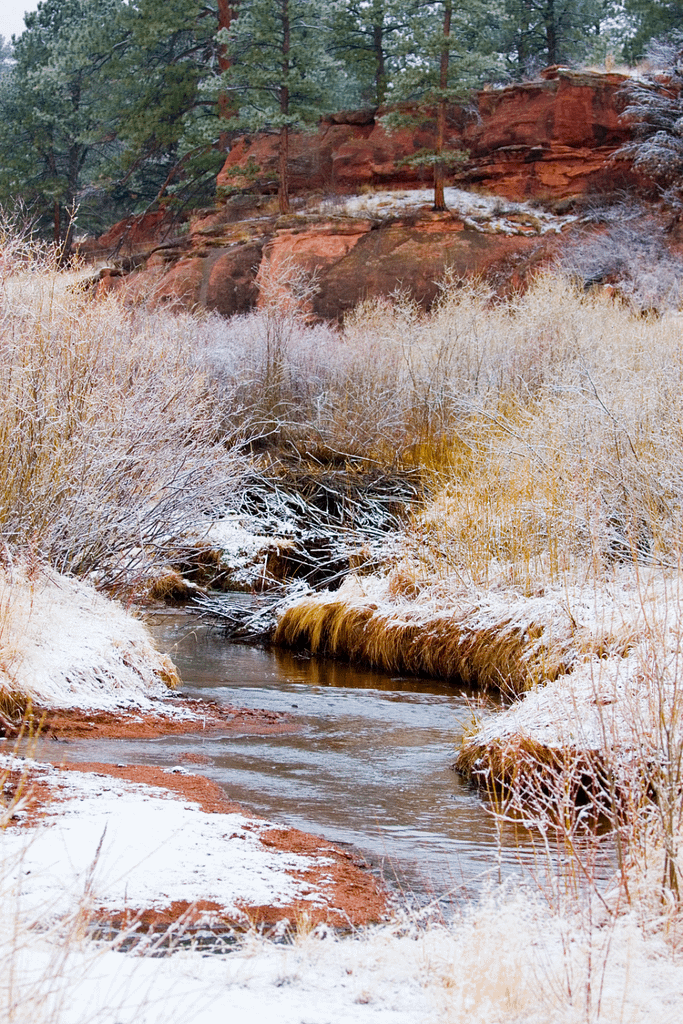
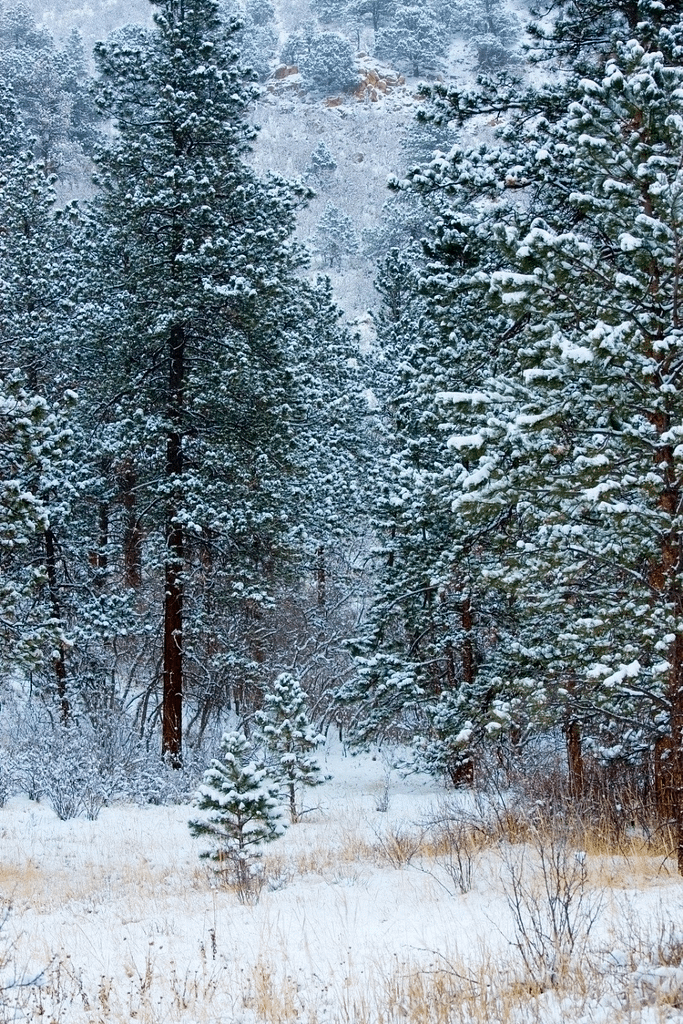
Significance to Local Communities
The Pike-San Isabel National Forest is a cherished jewel for the communities nestled within its majestic boundaries. This lush expanse serves as a lifeline, offering not only breathtaking landscapes but also vital resources that sustain local economies. Its towering trees and verdant valleys provide essential timber and foster a thriving tourism industry, drawing adventurers and nature lovers alike. As a backdrop for countless outdoor activities, the forest enhances local livelihoods by supporting businesses from cozy lodges to bustling outdoor gear shops. Furthermore, it plays a critical role in protecting water resources, ensuring clean and abundant supplies for towns and farms. The forest’s ecological richness nurtures a deep connection to nature, fostering environmental stewardship among residents. In essence, the Pike-San Isabel National Forest is more than a natural wonder; it is a vibrant cornerstone of community life, woven into the fabric of the region’s identity.
Essential Links
This article intended for National Forest Week 2024 was crafted but never released. Changes or corrections have been made to the initial content to improve accuracy, clarity, or relevance.

